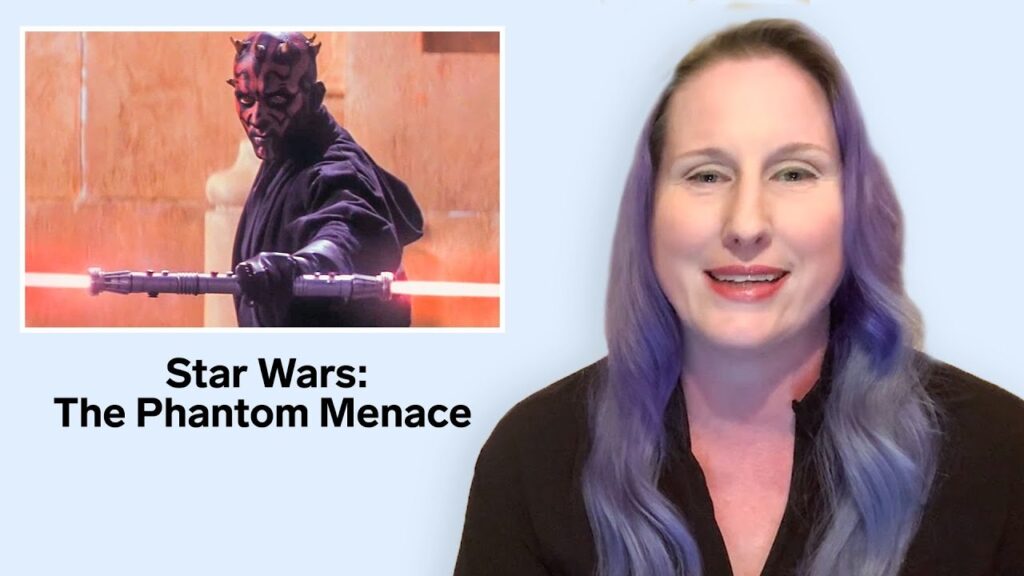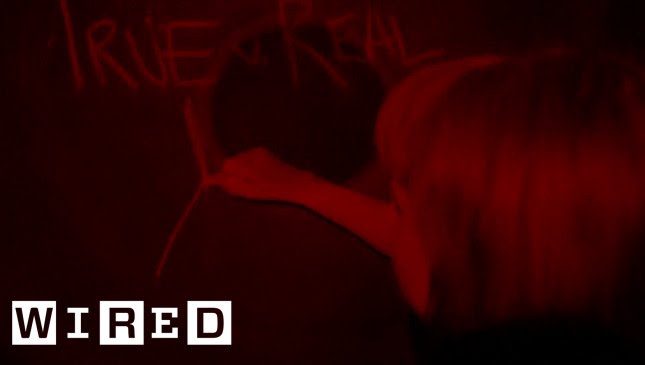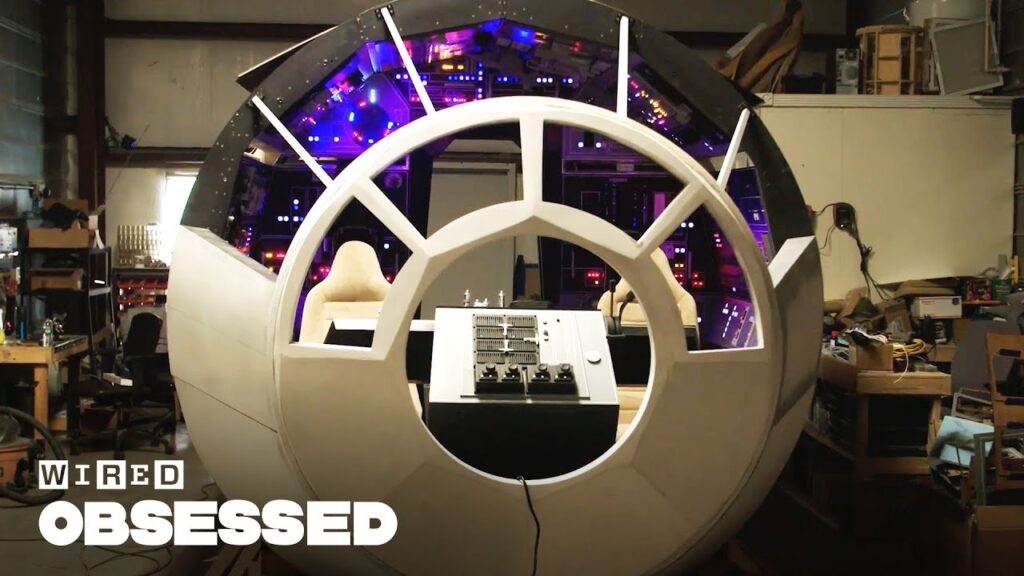Kinetic Sculpting: A Q&A with David Ro
Summary
In this blog post, we interview kinetic sculptor David Ro and gain insight into his unique craft. We discuss Ro’s creative process, the importance of naming in design, and the challenges he faces in creating each sculpture.
Table of Contents
- The Unique Art of Kinetic Sculpting
- The Creative Process
- The Importance of Naming in Design
- Overcoming Design Challenges
- Finding Inspiration
Introduction
Kinetic sculpting is a fascinating and often overlooked art form that combines physics, mechanics, and creative vision. David Ro is a master of this craft, creating intricate sculptures that captivate and soothe with their mesmerizing motion and sound. As we delve into his world of kinetic sculpting, we gain insight into the challenges and joys of crafting these one-of-a-kind pieces of art.
Q&A
The Unique Art of Kinetic Sculpting
Q: Can you describe kinetic sculpting for those who may not be familiar with the art form?
A: Kinetic sculpting is a form of art that involves the creation of sculptures that move, powered entirely by mechanical means. These sculptures can range from small, tabletop pieces to large installations that fill a room. The motion of each sculpture is controlled by an escapement mechanism that releases energy in increments, allowing for a wide range of motion and sound.
The Creative Process
Q: Can you walk us through your creative process when designing a new sculpture?
A: My process begins with sketching and animating ideas on a computer, where I can see the motion of the sculpture before building it. Once I am happy with the design, I begin constructing each piece by hand, ensuring that it is balanced and functions properly. Quality control is essential, as a single flaw in any piece can cause the entire sculpture to malfunction.
The Importance of Naming in Design
Q: What role does naming play in the design process, and how do you come up with names for your sculptures?
A: Naming is crucial in the design process, as it helps to bring a sense of identity to the sculpture. However, it can be a challenging part of the process, and sometimes it takes several attempts to come up with the perfect name. I often start by making a list of two or three hundred names that I like, and then I narrow it down from there. Sometimes a new team member can bring fresh ideas, which is always helpful.
Overcoming Design Challenges
Q: What are some of the challenges you face when designing a new sculpture, and how do you overcome them?
A: One of the biggest challenges is ensuring that each piece of the sculpture functions properly, as a single flaw can cause the entire piece to malfunction. This involves a great deal of quality control and testing. Additionally, sometimes a piece doesn’t work as planned, and I have to scrap the entire thing and start over. However, I find joy in solving these problems and coming up with solutions.
Finding Inspiration
Q: How do you find inspiration for new sculptures, and how do you stay inspired?
A: Inspiration can come from anywhere, but I find that I am inspired by the mechanics of everyday objects, as well as the beauty of the natural world. Sometimes inspiration strikes me when I least expect it, and other times it requires taking a step back and allowing ideas to percolate. I have never run out of ideas for new sculptures, as each one has its unique challenges and opportunities for creativity.
Conclusion
The world of kinetic sculpting is a unique and fascinating one, and David Ro is a master of this craft. Through his meticulous attention to detail and creative vision, Ro creates sculptures that are not only visually stunning, but also captivate with their intricate motion and sound. From the importance of naming in design to the challenges of construction, we gain insight into the fascinating world of kinetic sculpting and the dedication required to create these one-of-a-kind pieces of art.







